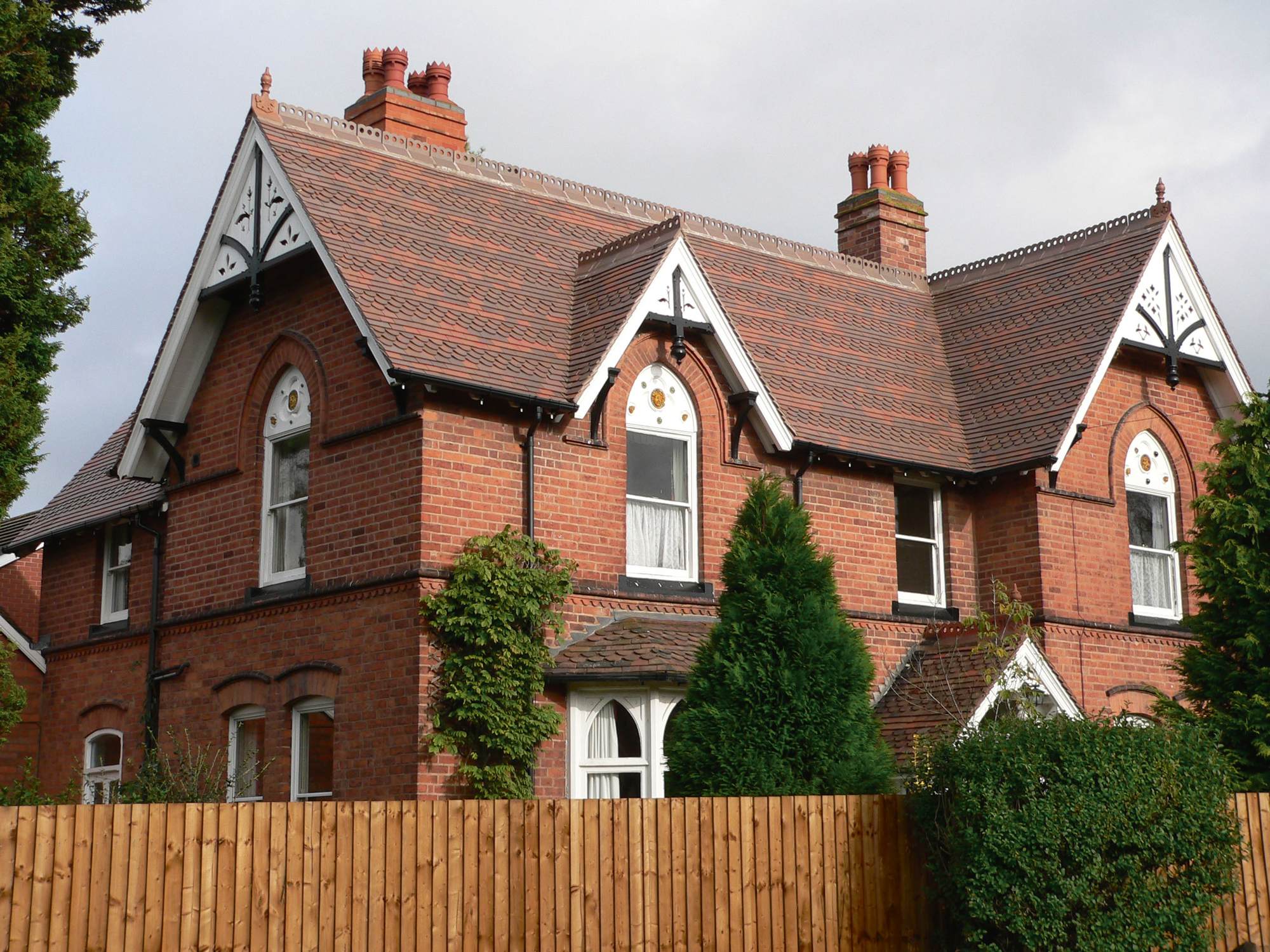If you’re undertaking a project on a period home, you’ll have to give careful consideration to the state of the roof. I often say that its condition and the degree to which it has been altered in the past gives the best indication of the house’s overall integrity, how well it’s been maintained and its history.
All roofs have two distinct elements – the structure and the covering. While they’re obviously connected, their characteristics are fundamentally different and decisions on repair or replacement need to be made separately.
Structural considerations for old roofs
The structure of your property’s roof supports the covering and creates the final shape, including any slopes, hips, valleys, dormers and so on. In some buildings, the roof will also form a fundamental element of the main house structure, incorporating tie beams or elements of trussed partitions.
As such, it’s essential to fully understand how it’s all integrated before making any alterations; fail to do this and the consequences could be disastrous.
So long as it’s been properly protected, a well-built roof construction can last indefinitely. In most cases, careful inspection identifies little or no need for any intervention, although it can require an experienced or expert eye to be confident in this assertion.

On this like-for-like replacement roof project on a Victorian rectory, original tiles were salvageable and incorporated alongside heritage-style units from Dreadnought Tiles
Significance & character
Historic roofs contain a wealth of important information concerning the framework, history and development of a building. Because they are generally unused spaces, they’ve been subject to far fewer alterations over time than other parts of a property.
This potential longevity means they’re often the only part of a dwelling that can survive substantially unchanged from when it was first built. This creates a presumption in favour of retaining it, unaltered, as much as possible. So, when considering whether to repair or replace, repair should be the first port of call.
In deciding how to go about this, it’s essential to obtain good, well-qualified advice specific to your project. You must ensure that the issue at hand actually needs to be fixed, is correctly diagnosed and can be resolved with minimum overall impact.
Poorly specified repairs can cause unnecessary damage to the fabric, create new problems for the future and waste time and money, especially if there wasn’t really anything wrong in the first place.
Deflection in roof trusses
Old roofs often have deflections (sags or bends) that can be quite considerable. These result from natural movement of the timbers after construction. Unless they’re severe enough to interfere with function – for instance, if they’re negatively impacting the ability for rainwater to run off – they are rarely a cause for concern.
You’ll often find that rafters have been packed out in the past to straighten up the roof; usually a cosmetic exercise from the 19th or 20th centuries. Today, we tend to think that an uneven finish contributes to an old building’s character.
On the other hand, a severe deflection might indicate a structural failure, requiring repair. This could be the result of any of the factors detailed below. Any restoration will have to deal with the underlying cause and the damage.
The post Roof Repair or Roof Replacement – Which is Best? appeared first on Build It.
Article reference Roof Repair or Roof Replacement – Which is Best?
You never want to be looking anywhere but local for a roofing repairs north georgia. I don’t know if they will charge you more, but like you said, they will know the regulations and building codes better. I have never thought about getting a warranty for the roof. I would see if you actually need a warranty because my house for instance is in the desert so we don’t get very violent storms like other places.
ReplyDelete